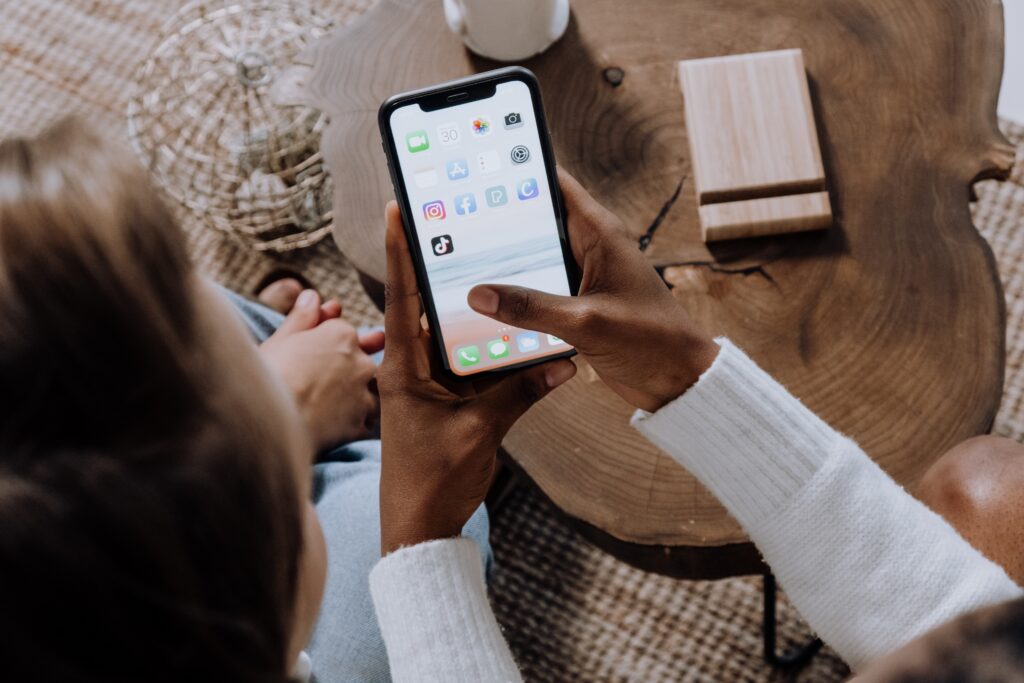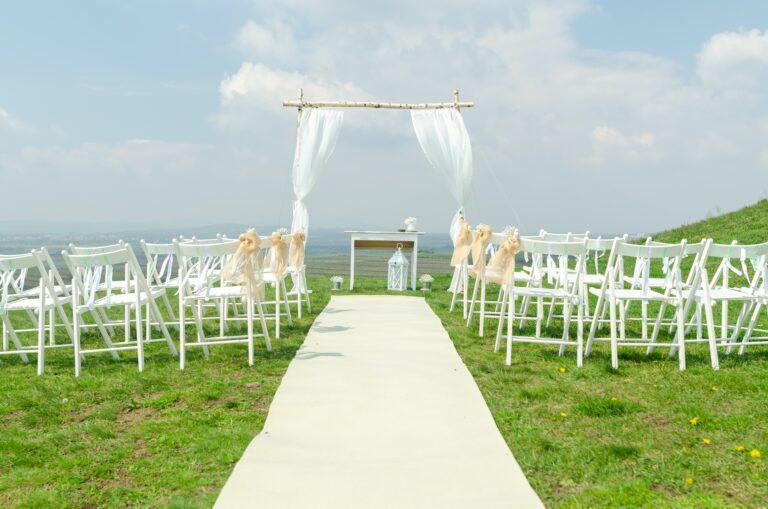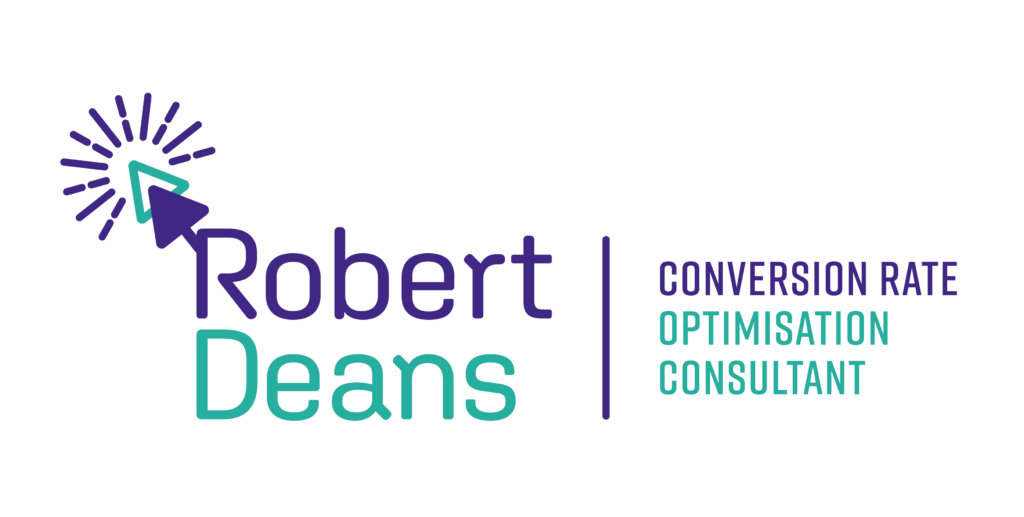There are some questions that will go through a visitor’s mind when they are on your website. These may not be conscious thoughts, but if the answer to any of them is no, you can be sure that you have just lost a sale.
I will be exploring these thoughts in two parts, so make sure to check back in for part 2 in a couple of weeks.
Let’s get started!
1. Am I in the right place?
It should be obvious from viewing the landing page (without scrolling) what your website is about and who it is for. This is important to reassure visitors that they have clicked into content that is relevant to them.
You only have around 7 seconds from the moment someone clicks on a link to convince them that they are in the right place. That might seem like a lot, but depending on their internet connection and your page load speed, it could be a lot shorter than you think. Try giving it a go with your website. You may find that you only really get 2 seconds with the page is fully loaded before your time is up. Can your website get the message across in 2 seconds?
To demonstrate how important this is let’s imagine a couple is searching for a “dry hire” wedding venue. This is a venue that doesn’t require its customers to use in-house suppliers. It is often chosen when couples want a DIY wedding, where they can supply their own food and drink, avoiding a costly upcharge. There may be other factors important to our couple, such as the venue’s appearance and location. But in this example, we are assuming these other factors are secondary.
Our couple view a landing page for a venue which makes it immediately apparent that guests can supply their own food and drink. The couple is much more likely to stay on this website and explore the venue further than a website where the landing page mainly emphasised its romantic location (even if that venue was a dry hire venue too). Remember, both factors are important, but the rarer (more unique) selling point of a chosen venue is its dry hire status.
To get your target market to answer “Yes” to the question “Am I in the right place?”, you need to know what it is they value about your product or service. This often means doing some digging, as the value your customers see may not be the same as the value you think you are providing. Highlighting the wrong benefits on your landing page makes your target market less likely to stick around.
Sending previous customers a survey which asks them why they chose your product/service and the main benefits they got out of it is a great place to start. You could also check online reviews or comments on social media posts to see why customers are recommending your service. You can then use this to inform the copy and imagery you use above the fold on your landing pages.

2. Is what I’m seeing engaging enough to stop me clicking away?
As well as addressing the value your target market is looking for in your copy and imagery, you also need to entertain and engage your visitor. It isn’t enough to simply state your value, you have to really sell it.
The brain processes images much quicker than it does words, so it’s vital to make sure your imagery is relevant, engaging and aspirational. Lifestyle images (those that show a product or service within a broader, appealing setting) are vital here. Its much easier to sell a dress when it’s on a model who looks like they are having a good time (think Instagram), than it is to sell it by showing it on a white background.
You should attempt to craft an image in the customer’s mind of what it would be like to use your product/service. In a way, an effective landing page can act like taking a test drive in a new car; it gives the potential customer a taste of what it would be like to own or experience whatever it is you are selling.
Let’s go back to our couple and their dry hire wedding venue hunt…. we can now imagine that they have two choices.
Choice 1: A dry hire venue with a landing page where the copy states the venue is dry hire, allowing for a DIY wedding. The photographs used are low resolution and just show the venue itself.
Choice 2: A dry hire venue landing page with copy which empathises with the visitor’s frustration about the mark up on wedding catering. It reinforces the visitor’s motivations for a DIY wedding, stating that their venue allows the couple to craft everything exactly how they want it (including how much it costs). It has professional, high quality, aspirational lifestyle imagery and graphics which continue past the fold to entice the visitor to scroll down.
Which option do you think our couple will spend longer viewing? Which venue do you think our couple would be more likely to get in touch with?
3. Can I find what I’m looking for?
Often, your visitor’s goal and your goal as a company will match up. Your visitor wants to buy X, you want to sell X. Your visitor wants to stay in a hotel with X, Y and Z, you want to them to book your hotel which has X, Y and Z.
The trouble is, despite best intentions, the paths visitors take are often not the paths designers expected them to take. The visitor ends up lost and assuming you can’t help them achieve what they wanted to achieve (even if you actually could).
Common mistakes I’ve seen that cause this issue are:
- Grouping products by categories or “collections” which mean little (if anything), to your visitors.
- Not placing menu items under the headings that visitors expect.
- Not allowing for spelling mistakes in search bars.
- Not suggesting alternatives when an exact match can’t be found through a search bar.
- Over simplified or overly complex (and therefore restrictive) search tools.
- Not enough filters or missing relevant filters.
- Unhelpful filter labels.
- Not being able to sort results by a variety of factors.
- Hiding important pages or key information in secondary or tertiary site menus.
And that is to name just a few! Honestly, I could go on and on, but that would likely get boring for you. The key message here though is to look at your user journeys and ask these questions:
- How quickly can users locate information on your website?
- How quickly can they find a product/service that is relevant to them?
- At what points in the journey are visitors leaving your website? (If this isn’t your “Thank you” page, you should be investigating why it isn’t.)
If you think navigation is a problem, consider doing the following:
- Carry out card sorting and tree testing with your target market.
- Conduct user testing.
- Study your website analytics data.
A conversion rate optimisation (CRO) audit will investigate your analytics data, helping you to discover where visitors are getting stuck on your website. Hiring an external consultant is a great way to do this as you don’t need to understand how analytics works (or have team members who do) in order to get started.

4. Is there enough information for me to decide that this product/service is what I want/need?
Not providing enough information on pages designed to sell a product or service is a common mistake, particularly when companies have thousands of products (as with large e-commerce company websites). The information about a product/ service not only has to cover all factual bases (such as informing a customer if a jumper is machine washable or dry clean only), but it also has to create desire.
Interestingly, the younger generation are beginning to expect more information presented in the form of videos, 360-degree views or multiple, stylised photos. As social media increasingly moves away from text-based interactions and towards images and videos, it makes sense for expectations of other online experiences to follow suit.
However, text will always be important in creating desire and you should be selling the benefits of your product/ service’s features to your visitors through what you write as standard. Having adequate text is also essential to enable those with sight impairments to use your website. The trick is to get the balance between text-based information and visual information right, not everything can be shown in an image, video or infographic.
Leaving out key factual information will make your visitors frustrated. And leaving out information which creates desire will leave your visitors unimpressed. Both will result in them abandoning your website.

I hope you have enjoyed reading about the questions that subconsciously go through a buyer’s mind so far.
If reading these tips and tricks has inspired you to find out more about CRO and the work I do, then please do get in touch. I offer a 0-obligation consultation where I give you loads of insights into your analytics for £0. It’s a real win-win for you, whatever you decide to do afterwards.
To arrange yours, you can call me on: 44 (0) 7973 132 456 or email me at: robert@robertdeans.co.uk
And be sure to check back in a couple of weeks for part 2!



